Habitats and species
Monitoring flora and fauna
Climate action Nature Biodiversity
Iberdrola Group applies several measures to protect and restore areas that might be affected by its facilities in the main countries it operates in.
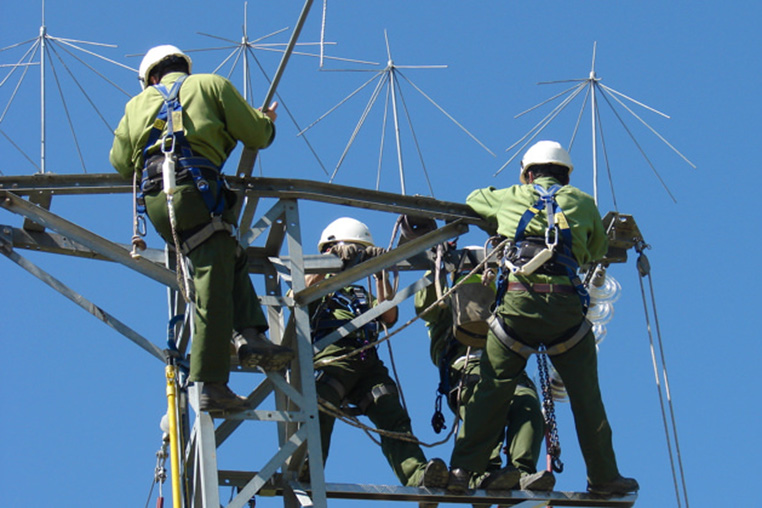
A group of Iberdrola Group's employees installs a deterrent system for bird protection.
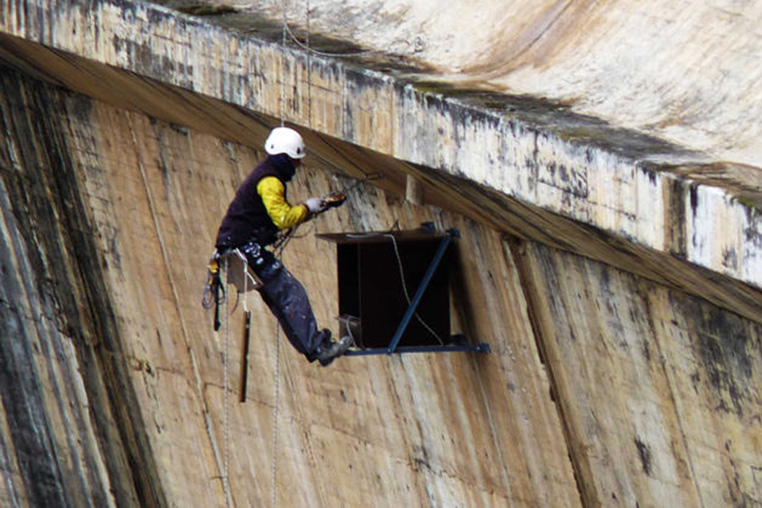
A nest box is placed at the dam's wall of Almendra so that a couple of falcons can nest there away from any predator.
Iberdrola carries out monitoring of flora and fauna, depending on the needs of each project, especially of protected or vulnerable species, silvicultural treatments, forest restoration with native species, integration and landscaping, etc. depending on the needs of each project with the objective of protecting species and habitats or mitigating the damage caused to them.
These activities are performed throughout the life of the project, tailoring the actions according to the construction, operation and dismantling phases.
Biodiversity in compensated areas
Iberdrola applies the mitigation hierarchy (avoid, minimize, correct and, as a last resort, offset) in its projects' environmental impact assessments. It avoids sites which are protected or which are valuable because of their biodiversity and minimizes any impact on the environment.
By means of its offsetting activities, it sets out to improve the state of conservation of the biodiversity of species and habitats in areas affected by the presence of Group facilities. Actions to improve biodiversity are also carried out, as described in the biodiversity reports and in the environmental dimension in the Sustainability Report [PDF] External link, opens in new window..
Some of the habitats being offset are listed below, most of which are from projects that have been under way for several years and that have continued actively in 2020:
-
PROJETC / TECHNOLOGY ACTIONS OBJECTIVES General Services Reforestation of 3.3 hectares to offset the construction of the ground-level car park adjacent to the Iberdrola campus in San Agustín de Guadalix (Madrid) with tree and shrub species. A total of about 3,600 plants. Compensation ratio 2:1. Monitoring will be performed for 3 years. Forest Restoration. Hydroelectric power plants Release of almost 5,600 eels into the Júcar, Cabriel and Mijares rivers under the plan to restore the eel population in the rivers of the Valencian Community, this being the sixth of 10 years. Eel repopulation initiative. Onshore wind farm Sowing 5 ha of cereals to encourage colonization by Bonelli's Eagle-Goshawk. Colony recovery: Bonelli's Eagle-Goshawk. Onshore wind farm projects Completion of the environmental restoration and relocation of the habitat and of rescued Pimelia canariensis affected by the Chimiche III Wind Farm project, in an area of 4 hectares with 4,430 specimens of Euphorbiaceae, Ceropegia, Kleinia, and Plocama. Relocation and habitat of the species of Pimelia Canariensis. Photovoltaic projects As part of the Núñez de Balboa project, in coordination with the Directorate General for the Environment of the Regional Government of Extremadura, two Agro-Environmental Management Areas of 45 ha each and two reserve areas will be created for steppe birds in the vicinity of the project, each with 5 ha. Lease agreements were established with landowners in 2020. Recovery of farmland and creation of steppe bird reserves. Nuclear A birdlife monitoring program has been carried out to ascertain the structure and dynamic of the bird community in the Arrocampo Reservoir as part of the ITW Almaraz project. Characterization of birds in the ZEPA zone of the adjacent reservoir. -
PROJECT / TECHNOLOGY ACTIONS OBJECTIVES Onshore wind farms Continuation of the Habitat Management and Monitoring Plan for 25 wind farms with a surface area of 9,049 ha, on which approximately 303,400 plants were planted and the maintenance work was performed for the preservation of the habitats that were created. As part of the habitat monitoring programme, plantings, plant growth and livestock damage are assessed and hydrological monitoring is performed, etc. Compensation of habitats. Offshore wind farms Restoration and landscaping of the project's onshore substation includes the planting of 30,000 trees. Sowing and tree and hedge planting began in 2020. The compensation ratio is 2:1. Habitat restoration and compensation. -
PROJECT / TECHNOLOGY ACTIONS OBJECTIVES Networks Creation and establishment of new wetlands, including the planting of 969 trees on 4.4 acres, to offset the impacts on wetlands associated with RG&E gas projects. Wetland recovery. Onshore wind farms Continuation with the monitoring and maintenance of Habitat Mitigation Areas (HMAs) associated with the wind farms. The HMAs have 44, 92 and 18 acres, preserved through activities such as controlling invasive species, excluding grazing and annual monitoring to document the progress of the recovery. Improvement of adjacent habitats and protection of associated fauna. Mitigation bank paid to ensure 250 acres of forest habitat for the Indiana bat (Myotis sodalis). Creation of bat habitats. Restoration and monitoring of pastures of a 6.6 a construction area of the Trimont repowering project. The rest of the site will be stabilised in late 2020. Ground restoration. -
PROJECT / TECHNOLOGY ACTIONS OBJECTIVES Baixo Iguazú Hydroelectric Power Station Restoration of 117 hectares occupied during the construction. 37 hectares were restored in 2020.
Reciprocity Agreement to provide infrastructure, materials and equipment to inspect natural resources in the Iguazú National Park and its surrounding areas. The construction of the base for inspecting the park in the municipality of Capanema and the acquisition of vehicles concluded in 2020.Compensation to protect the Iguazú National Park. Baguari (hydroelectric) Reforestation of 1.77 km2 of Permanent Preservation Areas (PPP). In 2020, work was done to recover slopes, enrich 48.11 and plant 64.01 ha. All areas were fenced and monitored except for islands, creating corridors for use by animals. Improving adjacent habitats, enhancing the absorption capacity of the soil and reducing the risk of losses due to erosion. Corumbá (hydroelectric) Reforestation for the creation of the Permanent Preservation Areas (APPs). In 2020, there was soil preparation and planting on 148 hectares (approx. 246,000 plants). A total of 1,690 hectares have been reforested with 1,694,000 trees since 2018. Improvement in soil quality and a reduction in the erosion. Teles Pires Dardanelos (hydroelectric) Restoration and planting of a total of 3,941 hectares of Permanent Preservation Area. 142.5 hectares were restored in 2020 using various planting methodologies. A total of 839.7 hectares have been planted with native plants since 2014. Adjacent habitats improved and the risk of loss from erosion decreased. Power lines Reforestation of 50.27 hectares and planting of 85,907 trees in damaged areas, with plants in various stages of growth representing species native to the region, in accordance with the environmental licenses for the installation and operation of transmission lines, substations and distribution networks. Recovery of degraded habitats. -
PROJECT / TECHNOLOGY ACTIONS OBJECTIVES Plants Reforestation of 35.7 hectares as a compensation measure for the construction of the Topolobampo III Combined Cycle Plant and reforestation of 408 trees within the perimeter of the Altamira Cogeneration Plant and maintenance of the Baja California plantation. Habitat restoration. Onshore wind farms Maintenance of the reforestation of 25 of the 80 hectares to be reforested in order to maintain an 80 % survival rate. Habitat restoration. Bird monitoring during the 4 seasons of 2020. Monitoring and protection of birdlife. Photovoltaic plants Reforestation due to the construction of the Santiago line and plant. Habitat restoration.
Protected or restored habitats
Iberdrola carries out a variety of actions to protect or restore the different habitats that surround or are affected by the Group's facilities. These are actions that have continued actively in 2020 which are also included in the action plans.
-
Knowledge of the species living in the vicinity of the facilities is essential for preventing harming them, even more so if they are protected.
Iberdrola identifies the threatened species included in the IUCN Red List(1) and in national and regional lists with habitats in the areas where it operates to prevent any impact. The company implements species monitoring programs and research projects at many of its facilities to learn more about their behavioral patterns and integrate this knowledge into its operations.
The following table shows the number of IUCN Red List threatened species identified by Iberdrola's facilities, without suggesting any impact or threat from its activity.
IUCN Red List Classification No. species Critically endangered (CR) 15 Endangered (EN) 46 Vulnerable (VU) 75 Near threatened (NT) 71 Least concern (LC) 723 (1) 'International Union for the Conservation of Nature' (www.iucn.org
 External link, opens in new window.).
External link, opens in new window.). -
The species that appear as not assessed by the IUCN appear as threatened on each country's specific list. Some of the species are:
- In critical danger: birds such as the California Condor, Eskimo curlew, Lear's macaw, channel-billed toucan; mammals such as the Iberian lynx, woolly spider monkeys, brown titi; fish such as the European eel, Austrolebias carvalhoi, etc.
- Endangered: birds such as the Iberian imperial eagle, red kite, black stork, Egyptian vulture, Cantabrian capercaillieExternal link, opens in new window., Dupont lark and the squacco heron; bats such as the long-fingered bat, Indiana bat; insects such as the American burying beetle, fish like the Piabanha and Crumatã.
- Vulnerable: birds such as Bonelli's eagle, osprey, Montagu's harrier, red-tailed amazon, neotropical bellbird; bats such as Geoffrey's bat, Mehely's horseshoe bat, the greater mouse-eared bat, common bent-wing bat and the common noctule; insects such as backswimmers, the hairy canary fly and river jelly lichen, fish like Lambaríes and Guarús.
On the properties of the generation centres in the United Kingdom, a total of 28 birds included on the UK BAP — half of the 56 species on the priority list — have been recorded as over-wintering or raising young. Also living on the properties are nine species of mammals, seven fish species, five reptile species, two amphibians, eight species of butterflies and moths, another four species of invertebrates, a species of lichen and seven plants on the UK BAP list.

Biodiversity protection
How do we protect and preserve biodiversity on some of our more flagship projects?
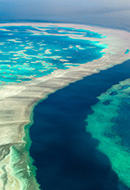
Megadiverse countries
10% of the Earth's surface houses 70% of the planet's terrestrial biological diversity.
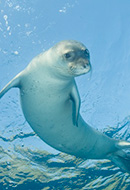
The sixth extinction
Global biodiversity has declined alarmingly in half a century.
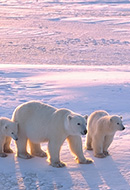
Endemic species
The protection of endemic species from extinction is essential.




